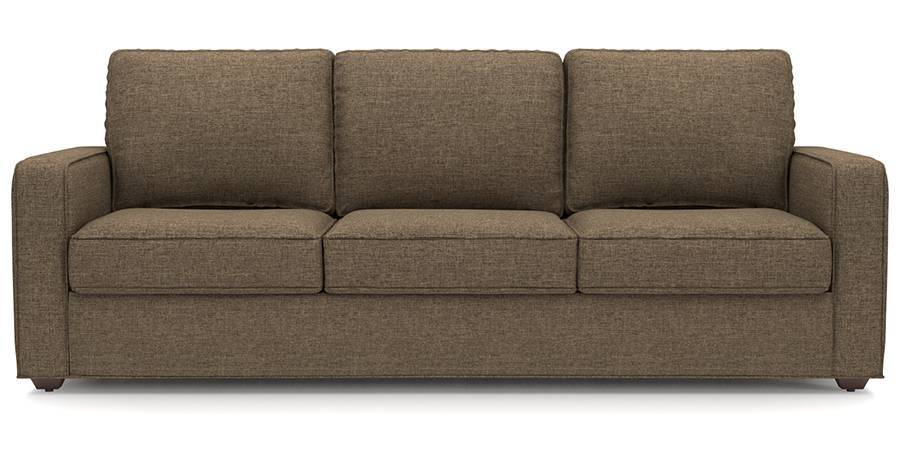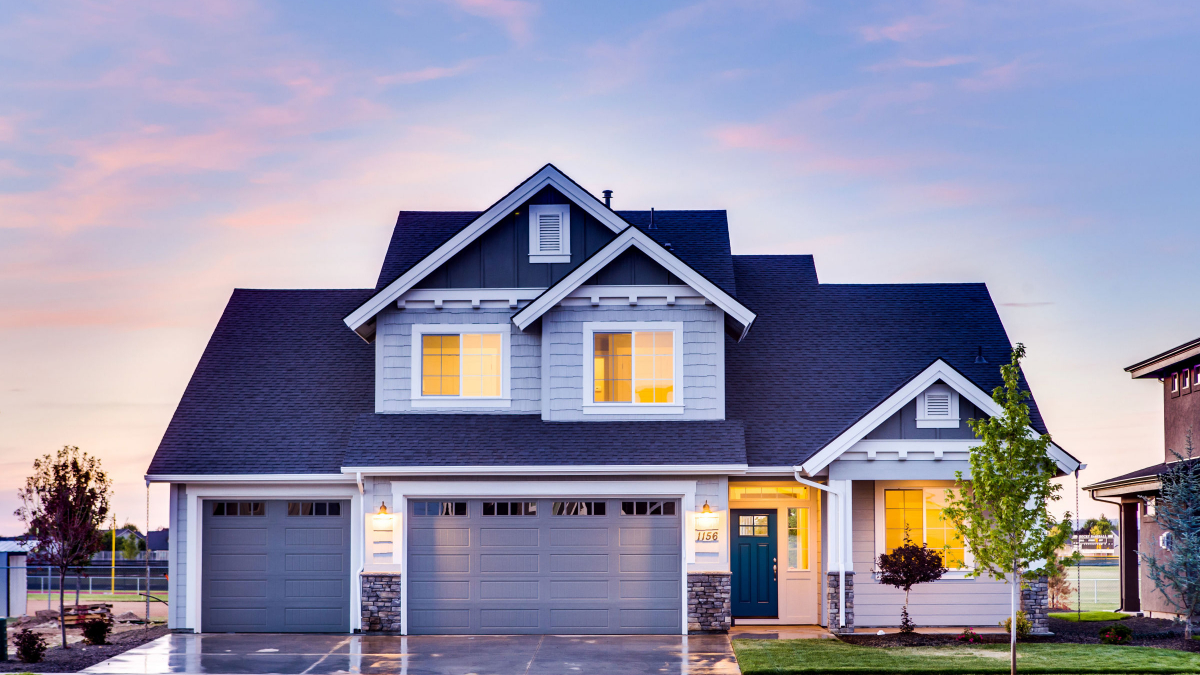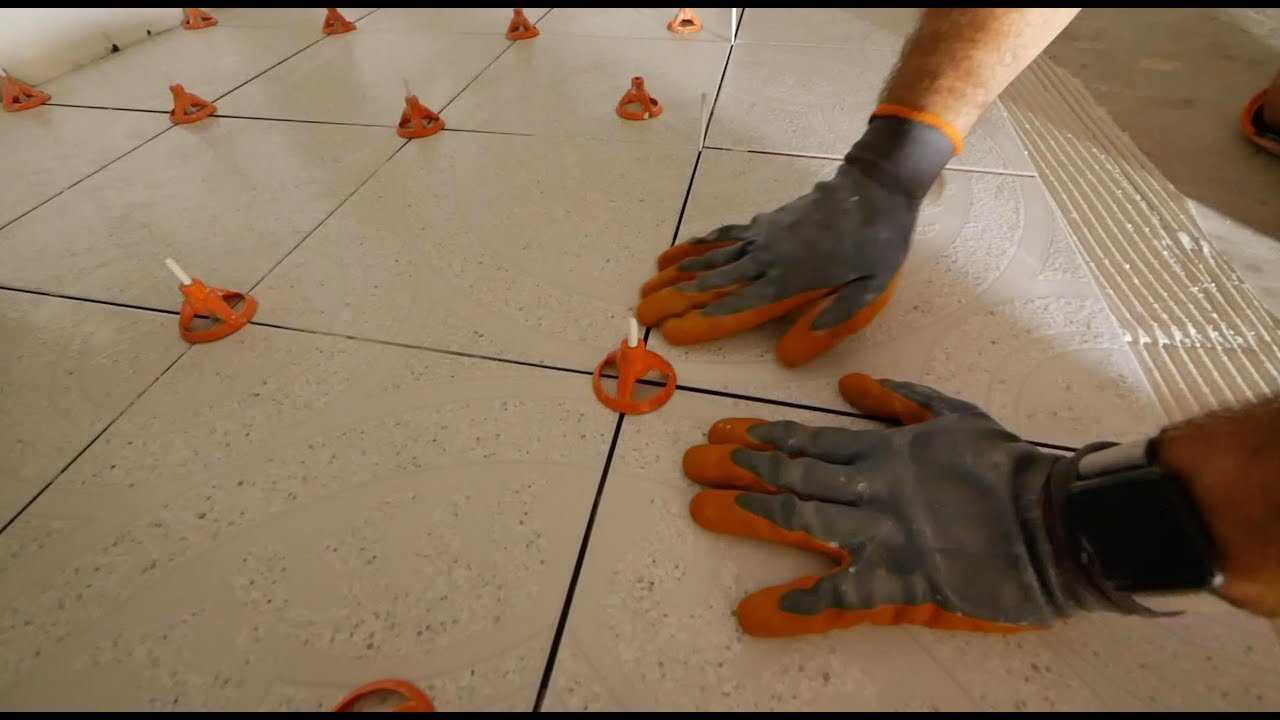Best Cement Mix Ratio for Strong Home Construction
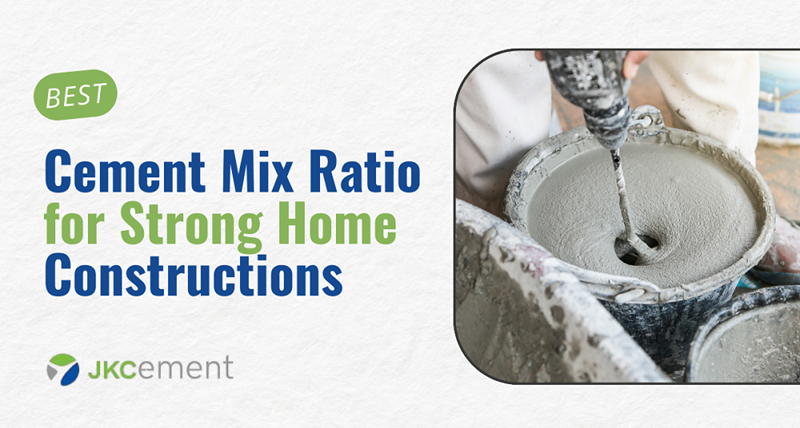
Ask anyone who’s ever built a house, and they’ll vouch for the fact that the foundation of trust is cement. The secret to a strong foundation and structure lies not just in the cement you buy, but in how you mix it with sand and stone to form concrete- that is the mix ratio. You can buy the best cement in the market, but if your cement mix ratio is off, the strength of your walls and slabs won’t last.
A homeowner may insist on premium materials, but if the mason mixes “by hand and eye”, it would lead to too much sand here, not enough cement there. The result? Cracks within a year, dampness seeping in, and frustration that could have been avoided with a little more attention to the concrete recipe. That is the importance of the right mix ratio, and this blog will share the best mix ratio for strong home construction.
Why Ratios Matter
Think of concrete like making dough. If you put too much water, it becomes sticky and weak. Too much flour, it becomes hard but not flexible. The balance of cement, sand, and aggregate works the same way.
Cement is the binding agent. Sand fills the gaps. Stone gives bulk and strength. Get the cement-sand-aggregate ratio right, and you’ve got a solid mix.
Understanding Concrete Grades
On most construction sites, the use of words like M20, M25, or M30 is common. These aren’t just codes- they’re strength grades of concrete. Here’s how it works:
M20 means the concrete can withstand 20 MPa (megapascals) of pressure after 28 days of curing.
The common concrete mix ratio for M20 is 1:1.5:3, which means 1 part cement, 1.5 parts sand, and 3 parts aggregate. So, if you’re mixing a small batch at home:
Take 1 bucket of cement, 1.5 buckets of sand, and 3 buckets of stone chips.
Add water carefully (usually about 0.5 times the weight of cement), and mix until it’s uniform. That’s your M20 mix, which is standard for slabs, beams, and columns in residential homes.
Different Mix Ratios and Where They’re Used
Not every part of your home needs the same strength. For every area, and different mix ratio and strength level are applied.
- 1:5:10 is a Lean mix – It is used for a simple foundation, where the load is minimal.
- 1:3:6 is Plain concrete- It is best suited for building simple flooring or pathways.
- 1:2:4 is M15 grade– It is mostly used in basic RCC work and non-load-bearing walls.
- 1:1.5:3 is M20 grade– This is most common for structural work in homes, such as slabs, beams, and columns.
- 1:1:2 means M25 and above- It is used for heavy and large structures where higher strength is needed, such as high-rise buildings, bridges, or industrial flooring.
Most small-town homes in India stick with M20 because it balances cost with strength. But in cities, architects often push for M25 to keep up with modern load demands.
Tips for Getting the Mix Ratio Right
- Measure properly, don’t assume.
Use gauge boxes or buckets of the same size. “Approximate” is where most mistakes happen.
- Keep sand clean.
If impurities like mud or organic matter mix into sand, it weakens the bond. Wash it if needed.
- Choose the right aggregate size.
For slabs, 20 mm chips work well. For thin sections, smaller chips are better.
- Water is key.
Too much water = weak concrete. Too little = honeycombing (gaps inside). A good thumb rule is a water-cement ratio of around 0.45–0.55.
- Curing is half the battle.
Even the perfect cement, sand aggregate ratio won’t help if you don’t cure the concrete. Keep it wet for at least 7–14 days to let it gain full strength.
Which is the Best Cement for Mixing?
For construction in India, OPC 43 grade, OPC 53 grade, and PPC (Portland Pozzolana Cement) are the most commonly used. Each holds different properties for different kinds of constructions.
- OPC 43– Slow setting, but very reliable, and ideal for plastering and general concrete work.
- OPC 53 – Faster setting, higher early strength, used for RCC and structural elements.
- PPC – Excellent durability, eco-friendly -mixed with fly ash, and moisture resistant- great for long-term use in homes.
And if you’re choosing from JK Cement’s range, JK Super Cement OPC is trusted for strong foundations, JK Super Cement PPC is excellent for durability and resistance to seepage, while JK Super Cement PSC brings long-lasting strength with added protection against salts and corrosion, especially useful in coastal or damp areas.
Common Mistakes to Avoid
- Adding extra water “for workability.” Yes, it makes the mix easier to pour, but it weakens the strength drastically.
- Trusting labourers to decide ratios. Always insist on proper measurements.
- Skipping curing. I’ve seen beautiful slabs crack just because curing was neglected in peak summer.
- Mixing brands of cement. Different cements set differently. Stick to one brand for consistency.
A house is a once-in-a-lifetime investment for most families. Nobody wants cracks running through their walls within a few years. That’s why understanding something as basic as the cement, sand aggregate ratio is crucial.
Don’t leave it only to the contractor. Ask questions. Insist on proper measurements, and most importantly, don’t ignore the power of the right mix ratios– it is what really keeps your home standing strong.
FAQs
1. What’s the right cement mix ratio for building a house?
Most homes use M20 grade concrete, which is a mixture of 1 part cement, 1.5 parts sand, and 3 parts stone chips.
2. Is it true that adding more cement makes concrete stronger?
No, it doesn’t make it better, just unbalanced. If the cement-to-sand-to-aggregate ratio is incorrect, the concrete cracks more quickly. Stick to proportions.
3. What ratio should I use for the foundation?
For the base layer or levelling, a leaner mix like 1:4:8 works fine. But for the main structural foundation, don’t go below an M20 concrete mix ratio.
4. Which is the best cement for mixing?
OPC 43 is best for plaster and regular work, OPC 53 is ideal for structural work, PPC is used to prevent dampness and cracking, and PSC is best for durability if you live near the sea.
5. Can I use different cement brands together?
It isn’t advisable. Each brand has slight differences in setting and strength. Mixing them would completely unbalance the mix. Stick to one trusted brand and type.


